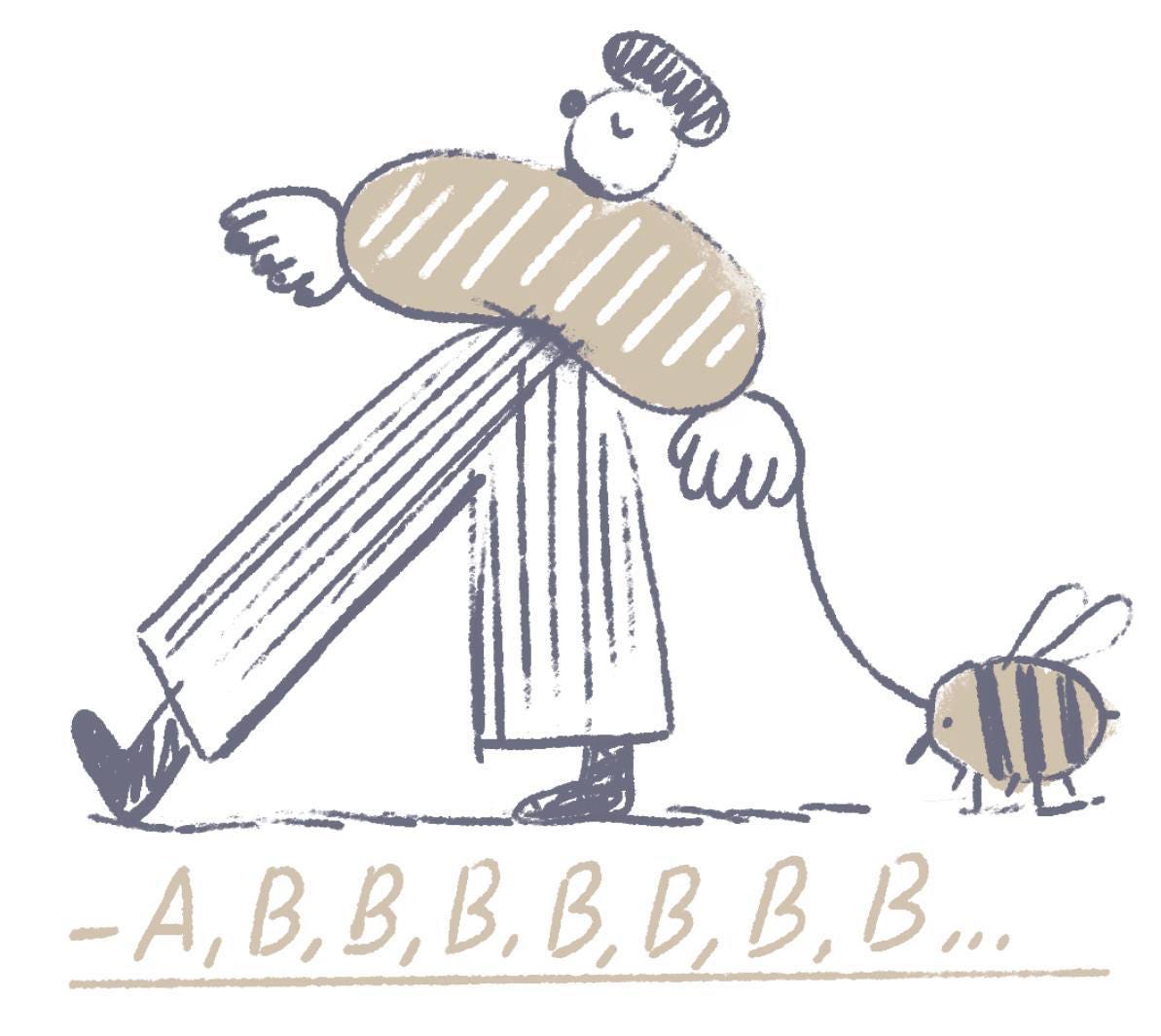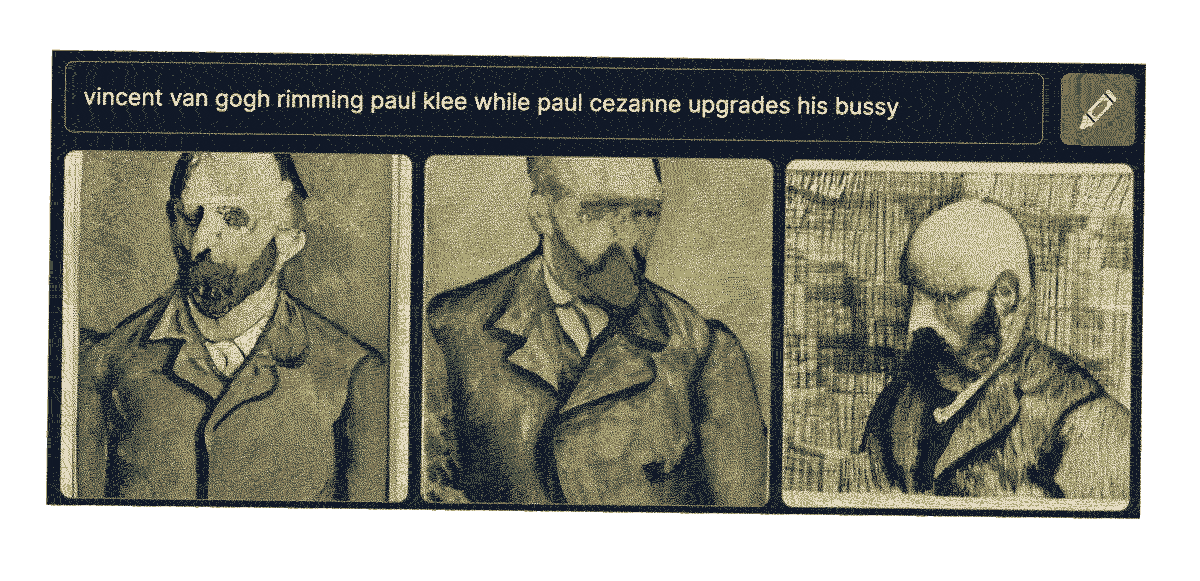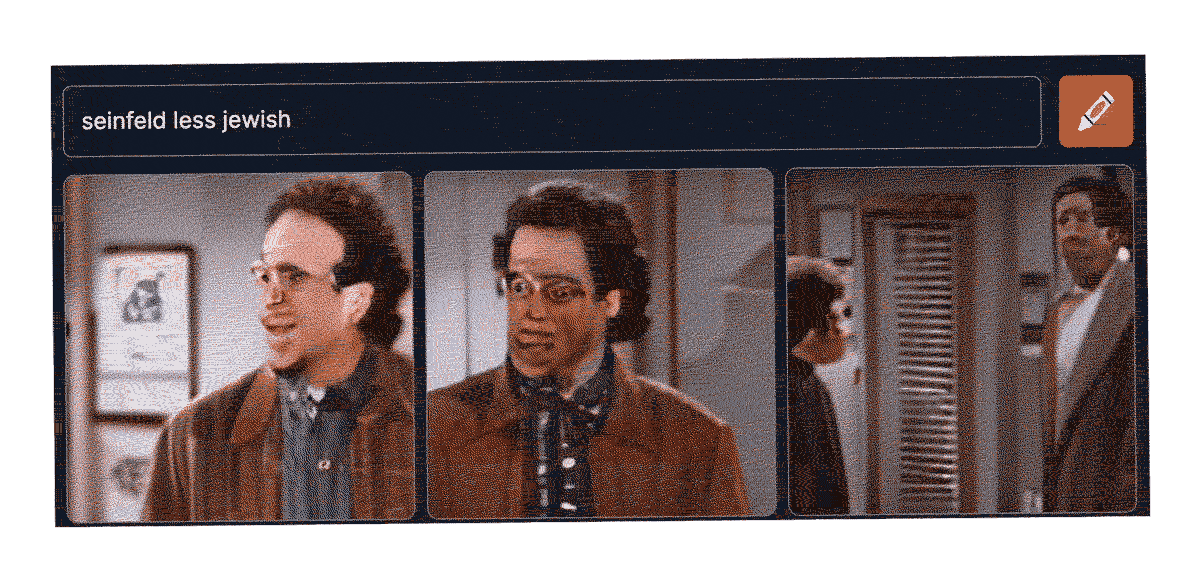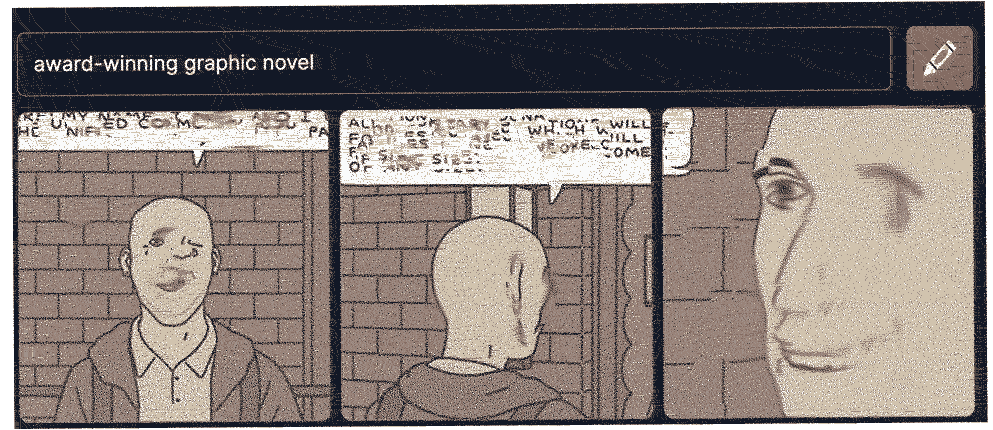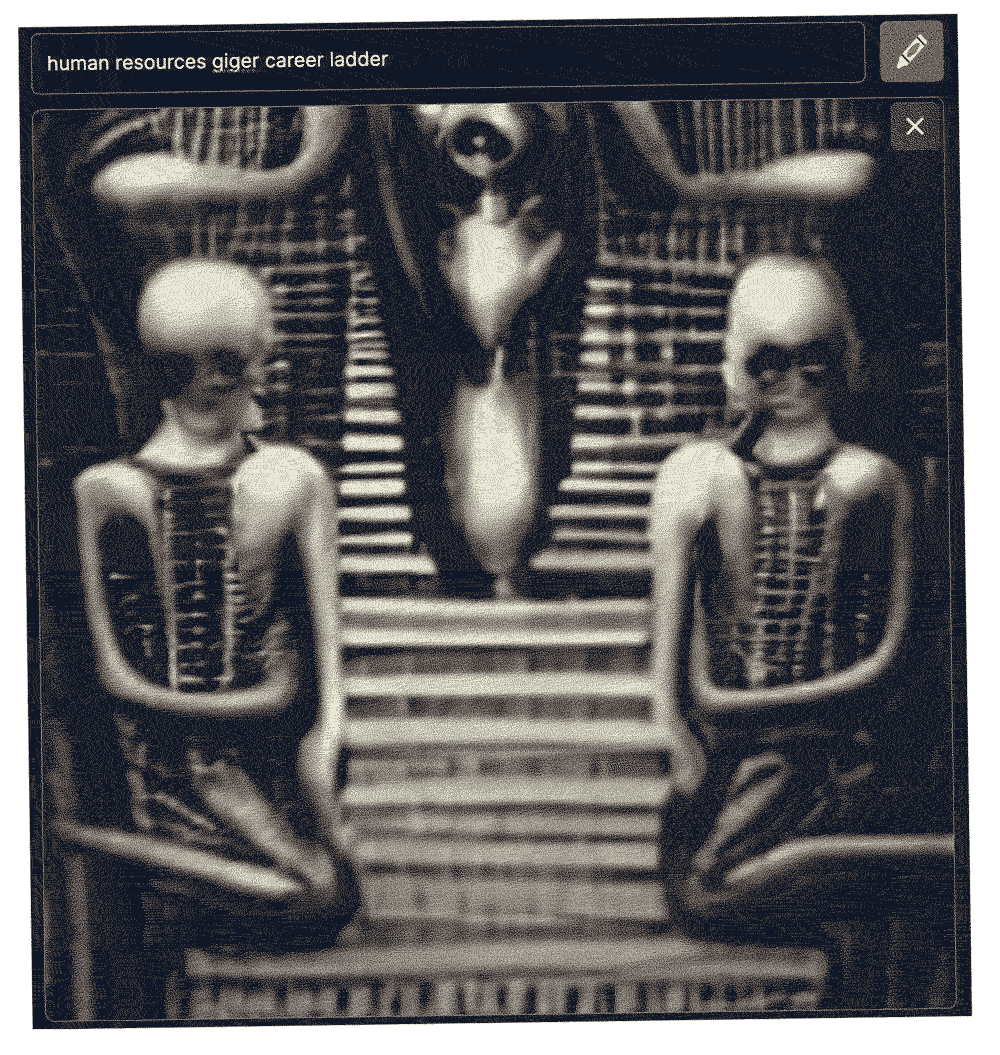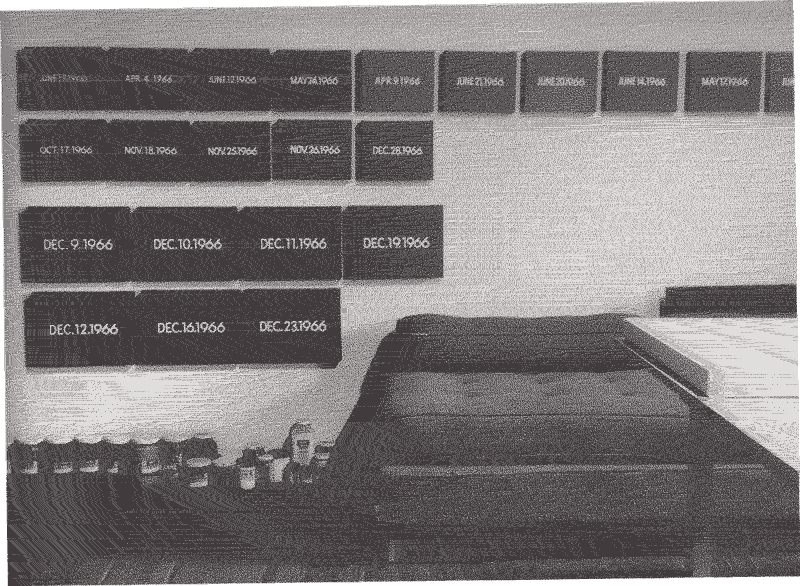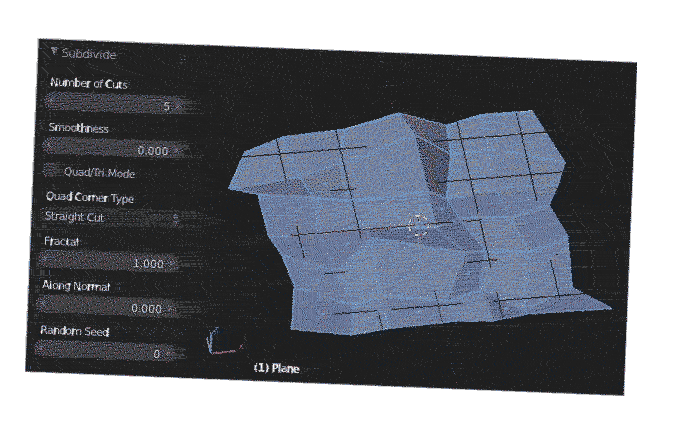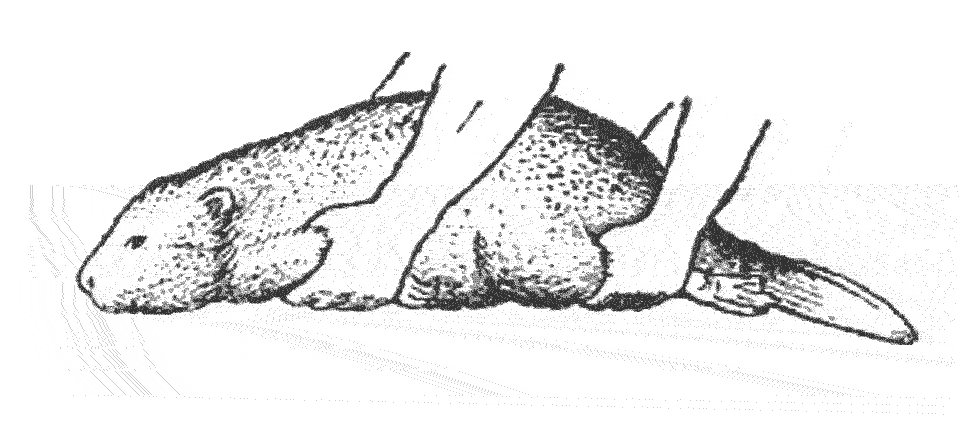A SENTENCE IN EARNEST
I am now going to speak for all the artists: AI engineers should help us automate the most tedious and uncreative parts of our work, before even considering the kind of style prompt fuckery that is the talk of the internet at the moment (or was a couple months ago).
READER, IMAGINE!
AI that simply helps you slightly along the way, still leaving plenty of room for roughness and personality. For instance:
You draw a bit of a pattern and AI fills the grid with little variations that can be adjusted and controlled.
You make a font, drawing each glyph 5-6 times for reference, and AI “inks” each letter as it’s typed, so your text looks hand-lettered.
You color one panel of the comic and AI does the rest of them, taking into account how you fill the shapes, and then there are sliders for accuracy, variation and so forth.
You color an animation frame, by hand or digitally, and each subsequent frame applies a procedural paint texture that doesn’t look the way it tends to look (bad), but generates the texture in accordance to the shape, order of strokes, and other factors, mimicking the movements of the bristles of the brush.
You draw a line and the shape gets simulated in real-time, applying a number of modifiers that can be adjusted for randomness and whatnot (I spent months making brushes that act a bit unpredictable in Procreate, but there’s only so far you can go).
You model a tree and AI models 10 other trees, and none of them look like the sort of normal boring trees that you get from the existing generators/geo node assets—the machine just breaks down the parameters but otherwise stays firmly within your style.
You draw the keyframes and several main inbetweens and AI fills in a set and spaced number of inbetweens, accounting for line variations, wobble and so forth—would be best for background details, and things that don’t require close human scrutiny.
I’m sure some of this already exists, or will exist soon, and I probably wouldn’t even use half of the things listed above (the process is the style), but my point is: these should be the first tools to create, allowing individuals to make new things without having to hire other individuals to do the boring bits, not whatever the hell Dall-E and other generators are currently doing—mixing existing things into infinity. The most interesting thing about them right now is how badly they work—soon enough they will work perfectly and it will be even more boring.
GIVE US YOUR SOFT OPENINGS
Blender has hints of such things inbuilt, and they can be expanded into something more intelligent. Take for instance my beloved fractal slider: when you subdivide a surface in edit mode (not via a modifier), you can push that slider to add some wobble to the vertices. I use it constantly to make my geometry shittier, and of course you can get that effect with displacement modifier (which I use in conjunction for animated wobble), but there’s something special about making the base model broken—feels like committing to a crumpled piece of paper instead of a nicely stretched canvas. Imagine if you had a few more sliders to fine-tune and randomize these things, and have them re-applied automatically every 3rd or 4th frame. It can be done already via the abovementioned modifier, but it certainly isn’t isn’t breezy. The closest I’ve gotten to automating the process is creating several empties with looping displacements at various stepped interpolations, and assigning them to various objects so the latter don’t get displaced in the exact same manner.
INSECT CONSENT
A perfect example of misguided AI application is Netflix’s critically acclaimed metaphor for class struggle, Man VS Bee. In this whimsical series, the dog is completely CGI, while the bee is real—according the commissioners, the dog had to be simulated because “a real one could die at any moment, and where would we get another one with the exact same markings?“
Considering the intricacy of the production, the bee’s movements were first planned out in Maya, then the paths and behaviors were exported and implanted as the queen’s commands into the many hives of the Halifax County Bee Sanctuary. Out of the 1000+ bees ‘recruited’ for the show, only 20 made the cut—the rest had to be destroyed. The AI dog, meanwhile, is still roaming the phantom estate, unaware of the extent of the eternity to which it had been condemned.

AN EXHAUSTING WALK IN THE HORRIBLE COUNTRYSIDE
Anyway. I’ve been enjoying Dry Cleaning lately—the singer has that collaged approach to songwriting that I haven’t seen executed well since the Fall, really. There’s a surplus of chatty bands these days, usually fronted by irate young British or Canadian men, and they always seem to miss the mark (drum emoji).
She has the ear for the plasticity of words, and knows how to make the ordinary feel unfamiliar, even if the lyrics are much more grounded than the truly otherworldly stuff of the best Fall songs. Wouldn’t even call the subject matter ‘ordinary’ or ‘mundane’—the untranslatable Russian “быт” (byt) is a better fit—Mayakovsky’s suicide note had the line “любовная лодка разбилась о быт,“ appropriated in the Fall’s You’re Not Up To Much as “love’s boat smashed against existence”—in other translations I’ve seen that term rendered as “the daily grind” (sort of, but it’s more than that) or “the rocks of daily life” (just awful). I’d translate it simply as “the living,” incidentally the title of a book I just finished, but more on that later).

A SURVEY OF THE ACTIVE READERSHIP
I have been wondering if the format of a monthly digest is quite right for my scattered output, and wouldn’t it make more sense to have shorter and less chaotic letters, each one about one single thing: a couple paragraphs + a couple pictures? Would that be too frequent (1-3 a month) and annoying? Or just right for your commute/defecation (possibly both, if you take a train to work) phone check? Do let me know, and, as always, you’re welcome to reply with any feedback.




